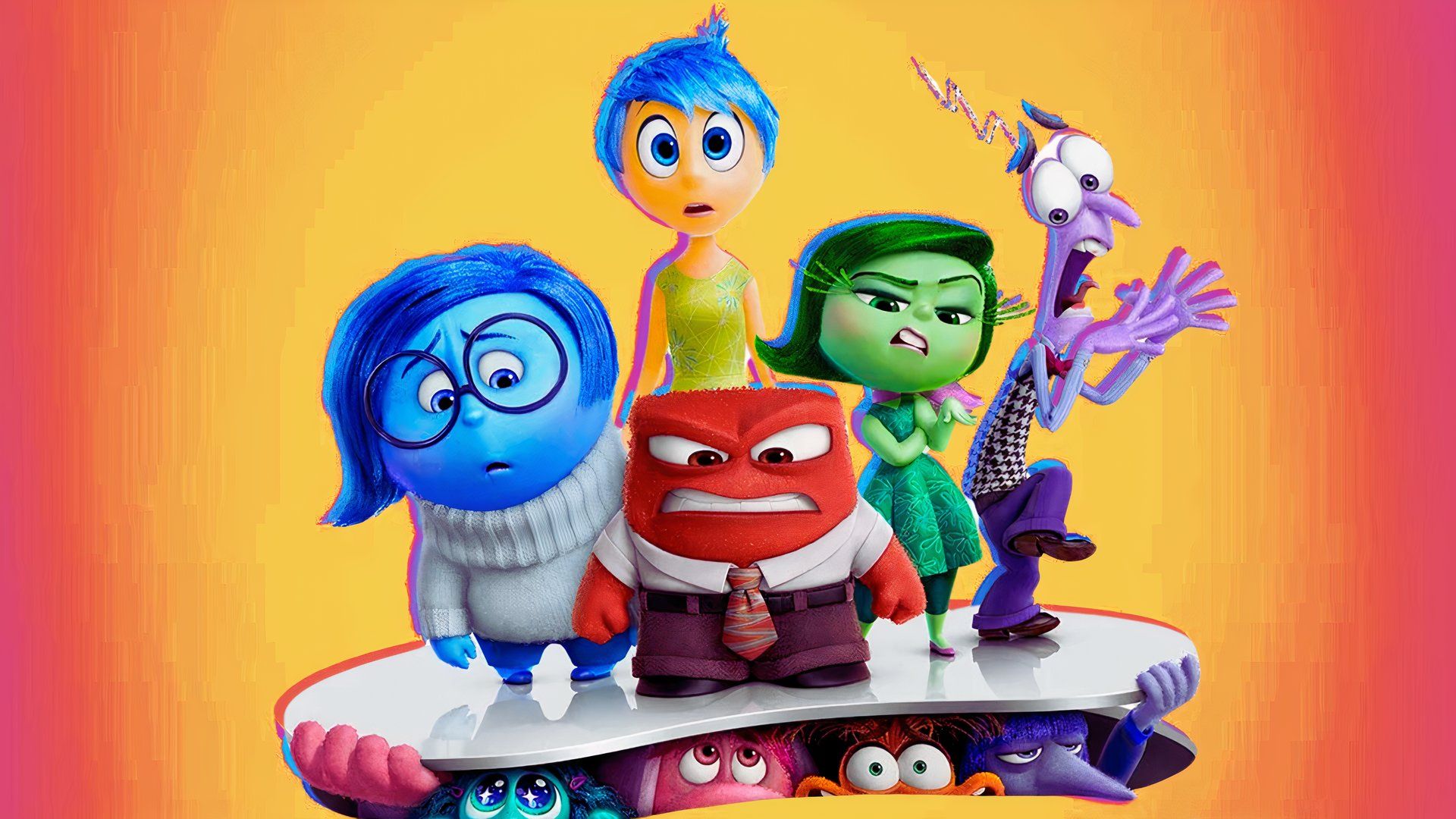Summary
-
Inside Out 2
director, Kelsey Mann, added a post-credits scene due to audience demand for resolution of Riley’s Deep Dark Secret. - Pixar’s post-credits humor in
Inside Out 2
differs from typical sequel teases, wrapping up subplots without setting up future films. - The success of
Inside Out 2
suggests a possible third installment, but Pixar prioritizes a complete story over teasing sequels.
WARNING! This article contains Inside Out 2 spoilers.
Inside Out 2 director Kelsey Mann revealed the reasons behind the eleventh-hour addition of a post-credits scene to the animated sequel. While it has become somewhat of a standard for films to include mid- or post-credits scenes—a trend largely popularized by blockbuster franchises—Pixar had been embedding these additional snippets into their films long before, starting with A Bug’s Life in 1998 and Toy Story 2 in 1999.
These early Pixar films often delighted audiences with fake bloopers and extra scenes during the credits, setting a precedent that has continued to evolve. For Inside Out 2, the post-credits scene provides a significant revelation involving the character Joy, who returns to a previously introduced location known as the Secret Vault. Here, she uncovers the truth about a mysterious element referred to throughout the movie as Riley’s Deep Dark Secret.
Speaking with USA Today, Mann disclosed that the decision to include this scene came directly from feedback obtained during audience test screenings. Initially, the film did not provide a resolution to Riley’s secret, which involved an incident where she burned a hole in a rug—an event contrasted humorously with Joy’s own mistaken assumption that it involved an embarrassing moment in a swimming pool.
I always loved the idea of leaving a little mystery with Deep Dark Secret and having audiences debate as to what the secret was. But the more we showed it, the more people were dying to know what it was.
Mann expressed his initial inclination to leave the audience guessing about the nature of the secret, hoping to spark discussions and debates. However, the audience’s strong desire for resolution pushed the team to add the revealing scene.
Pixar Chooses Comedy Over Cliffhangers in Inside Out 2 Post-Credits
Pixar’s approach with Inside Out 2 is refreshingly different in an era where post-credits scenes often serve as springboards for sequels and spin-offs. Rather than teasing what’s next, the film’s post-credits scene delivers a comedic payoff, wrapping up an earlier subplot in a manner that is satisfying yet self-contained.
Post-credits scenes have become a staple in major studio releases, particularly in serialized franchises like the MCU, where they frequently hint at what’s to come. However, Pixar has historically employed these scenes differently. A memorable example is the 2013 Monsters University, where a slug monster, after an entire film spent inching his way to class, hilariously arrives to find the semester has ended.

Related
Inside Out 2 Review: A Creative Journey Through Puberty’s Travails
Riley (Kensington Tallman) turns 13 and experiences new emotions while attending a hockey camp.
Inside Out 2 continues in this vein, focusing on the mystery known as Riley’s Deep Darkest Secret. The reveal, which resolves this lingering question in a humorous twist, underscores the film’s narrative without serving as a bridge to another sequel. This choice seems particularly prudent in light of growing viewer fatigue over endless teasers and unresolved narrative threads in other franchises.
Given the commercial and critical success of Inside Out 2, a third film seems not just likely but inevitable. Yet, Pixar chooses not to use the end credits to set this up, preferring instead to let Inside Out 2 stand on its own. This approach not only respects the audience’s intelligence but also preserves the integrity of the film as a complete story.



